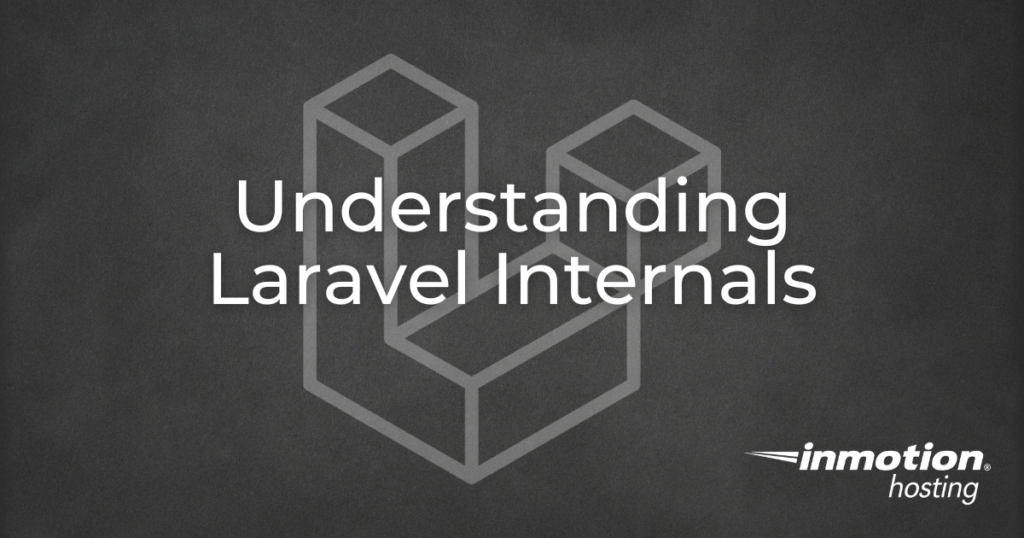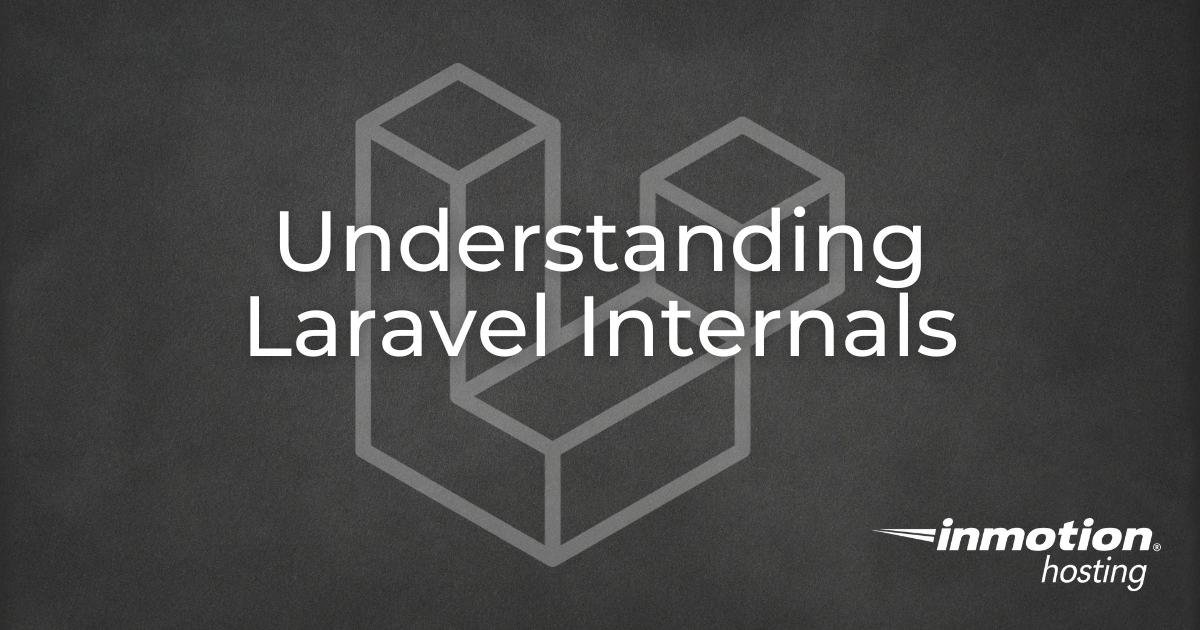
Laravel simplifies the development of web applications with readable, maintainable code. This guide explores the internal mechanisms of Laravel that power its operations, providing clarity and insights that are beneficial for both new and experienced developers.
- Service Container (IoC Container)
- Service Providers
- Facades
- Routing
- Eloquent ORM
- Blade Templating Engine
- Conclusion
Boost your Laravel apps with our specialized Laravel Hosting. Experience faster speeds for your Laravel applications and websites thanks to NVMe storage, server protection, dedicated resources, and optimization tools.
99.99% Uptime
Free SSL
Dedicated IP Address
Developer Tools
Service Container (IoC Container)
The Laravel Service Container is an implementation of the inversion of control (IoC) principle, which manages class dependencies and handles dependency injection. Dependency injection allows the framework to automatically handle the creation and injection of objects, reducing the need for manual maintenance and increasing flexibility.
Key Functions
- Automatic Resolution: Automatically resolves class dependencies when creating an object.
- Binding: You can bind interfaces to concrete classes, enabling easy swapping of implementations.
- Singletons: Allows classes and information to persist without duplicating objects.
Usage Example
To bind a service in the service container, you can use the bind method provided by Laravel, typically within a service provider:
$this->app->bind('App\Contracts\ServiceInterface', 'App\Services\ConcreteService');Service Providers
Service providers are the central place for all Laravel application bootstrapping. Each part of a Laravel application (routes, controllers, views, etc.) is bootstrapped via service providers.
Responsibilities
- Configuration Loading: Set up configuration values that control operation.
- Event Listening: Attach events to listeners.
- Middleware Registration: Register and stack middleware for the application.
Creating a Service Provider
Generate a provider using Artisan:
php artisan make:provider CustomServiceProviderIn the provider, you might register services or events:
public function register()
{
$this->app->singleton(Connection::class, function ($app) {
return new Connection(config('app.connection'));
});
}Facades
Facades provide a “static” interface to classes that are available in the application’s service container. Laravel facades serve as proxy classes that allow you to call shared service container instances from anywhere in your application.
Core Concept
- Simplified Syntax: Facades allow methods to be called statically while pointing to dynamically created instances in the service container.
Example
Using the Cache facade to access caching features:
Cache::put('key', 'value', $minutes);Routing
Laravel’s routing engine allows for simple and expressive definition of behavior based on incoming HTTP requests. Routes can be defined in the routes folder and support closures or controller classes.
Features
- Middleware Integration: Attach middleware to routes for filtering HTTP requests.
- Route Parameters: Capture segments of the request URI as parameters.
Defining a Route
Route::get('user/{id}', 'UserController@show');See How to Create a Route and View in Laravel for more information.
Eloquent ORM
Eloquent is Laravel’s built-in ORM and represents database tables as classes. It simplifies the management of database operations and relationships through an active record-style ORM.
Benefits
- Active Record Implementation: Simplifies CRUD operations.
- Relationship Mapping: Easy definition and management of relationships.
Using Eloquent
$user = User::find(1);
echo $user->name;See our Introduction to Laravel Eloquent article for more information.
Blade Templating Engine
Blade is a powerful templating engine provided with Laravel, which allows PHP code to be used directly within HTML, simplifying the task of data formatting and front-end logic implementation.
Characteristics
- Template Inheritance: Blade allows you to define a master layout that other views can inherit.
- Sections and Yielding: Manage content sections dynamically.
Blade Syntax Example:
@section('sidebar')
This is the master sidebar.
@showSee our Laravel Blade Basics article for more information on Laravel Blade.
Conclusion
Laravel‘s internals provide a comprehensive suite of tools that streamline the development process, from routing and middleware to ORM and templating. By understanding these core components, developers can more effectively build and maintain applications that are both powerful and efficient. Whether you’re managing dependencies with the IoC container, handling requests with advanced routing techniques, or integrating front-end services using Blade, Laravel equips you with the capabilities to deliver top-tier software solutions.

